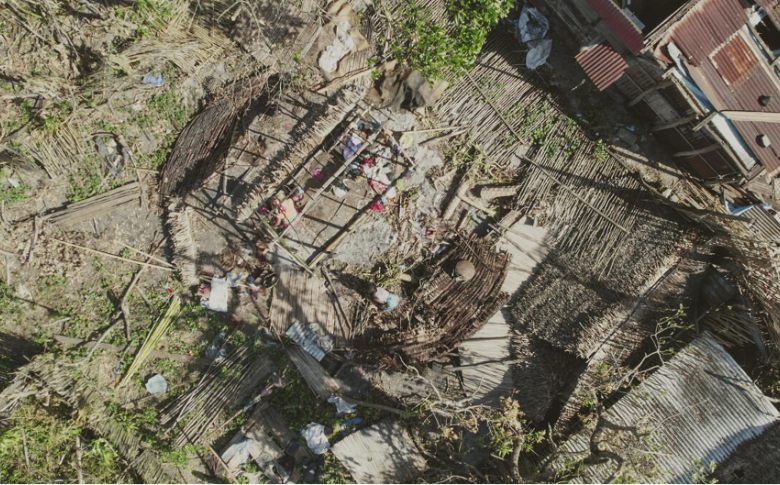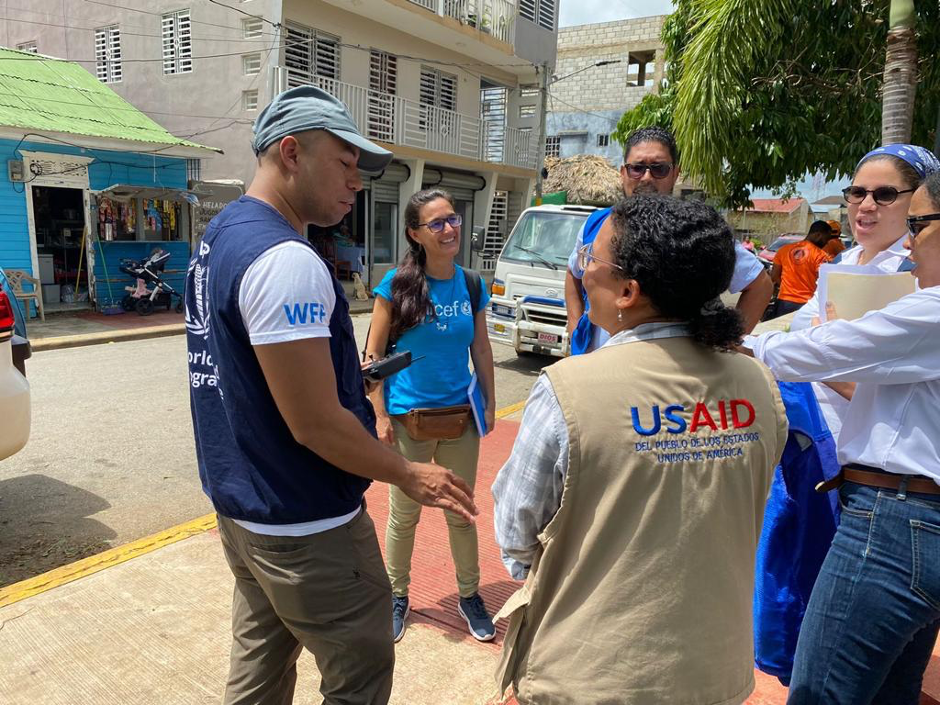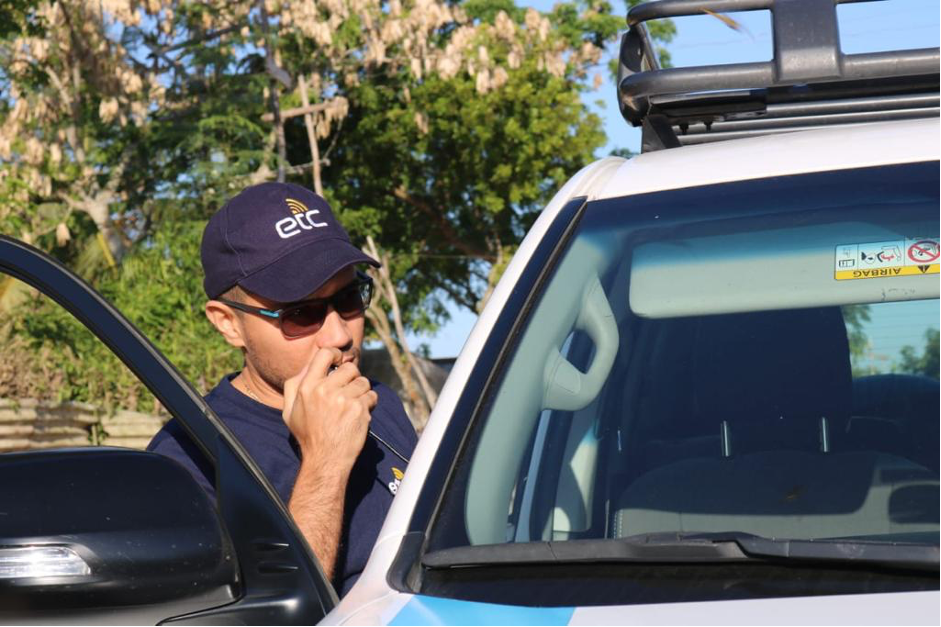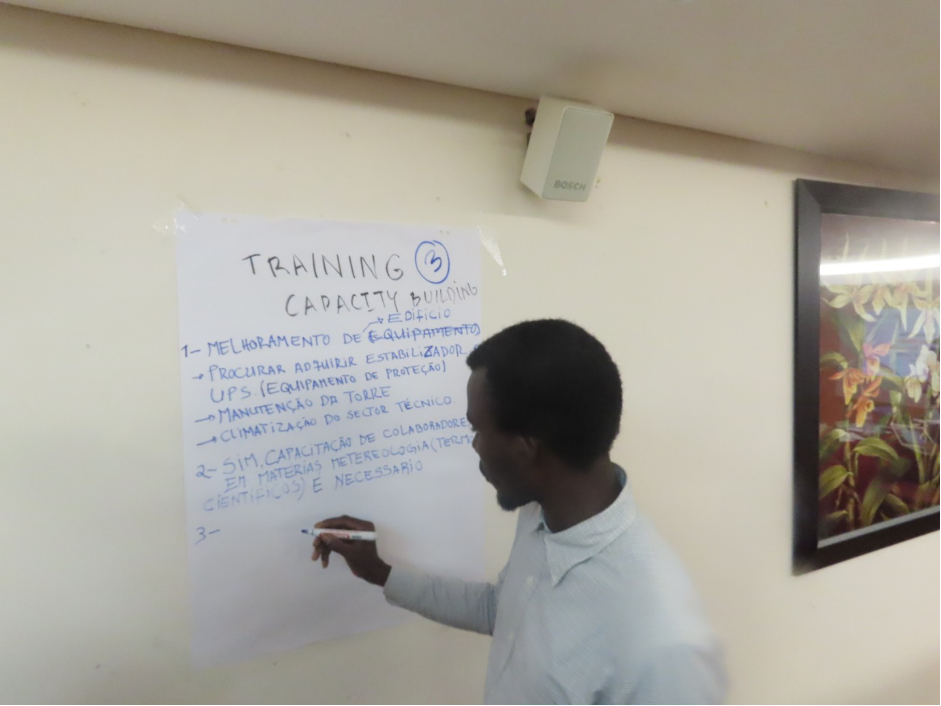Four dimensions of emergency telecoms preparedness for an increasingly vulnerable world

The Emergency Telecommunications Cluster (ETC) works with local actors worldwide to bolster resilience to shock and disaster. But how is this actually done?
The ETC Chair--Jay Mahanand--breaks down the four key areas of effective emergency preparedness and response in an increasingly unpredictable world.
-----
This article was originally published on WFP Digital
----
In today's world, risks often overlap and can materialize into simultaneously occurring disasters. For example, while cyclone upon cyclone buffets Madagascar, severe food insecurity afflicts the South. Emergency telecommunications preparedness is a unifying denominator for enhancing national resilience – with equal value for every sector.
The 2023-issued Synthesis Report for the Sixth Intergovernmental Panel on Climate Change report reveals that we are closer to irreversible climate "tipping points," and unchecked human activity drives extreme weather events. These findings are concerning, especially when we already see the rising frequency and severity of extreme weather events worldwide – not just from the Pacific to Atlantic rims.
That's why when it comes to country-focused preparedness, the World Food Programme-led Emergency Telecommunications Cluster (ETC) works in close collaboration with governments, private entities, and humanitarian partners – to help tackle emergencies with telecommunications capacity strengthening and solutions, before they happen.
The ETC works in close collaboration with governments, private entities, and humanitarian partners – to help tackle emergencies with telecommunications capacity strengthening and solutions, before they happen.
Emergency preparedness: more than equipment readiness
The ETC is driving national government-focused preparedness in high-risk countries. Under the ETC's strategic pillar two on regional and country preparedness, the goal is to improve the resilience of regional, national, and community actors. But how is this actually done?
Emergency preparedness is more than just equipment readiness. It's investing across the people-process-technology nexus. This is why the ETC is enhancing preparedness across four complementary dimensions:

- Tailored government-oriented support;
- Coordination for setting up emergency preparedness mechanisms;
- Capacitation through trainings and simulations; and
- Evaluating infrastructure and technology.
These dimensions are holistically evaluated during country assessments using the emergency telecommunications preparedness checklist, developed by the ETC and the International Telecommunication Union (ITU).

1) Tailored government-oriented support
Emergency telecommunications preparedness must be rooted in the unique challenges and landscapes of each country. For example, in Madagascar, ETC manages the national humanitarian call center with the WFP country office, alongside the Humanitarian Country Team and the national disaster management agency. This telephone line offers more information about humanitarian projects for partner organizations operating in the country, with most of the queries logged having been about food distribution, emphasizing the acute needs of communities.
Now more than ever, observing common vulnerabilities and rising disaster incidence, the interventions of ETC Preparedness are evolving toward building resilience in regions facing the same hazards.
This year, the shared vulnerability to tropical cyclones inspired governments and WFP representatives from three southern African countries – Madagascar, Malawi, and Mozambique – to share their lessons learned and experiences in preparedness and response.
2) Coordination for setting up emergency preparedness mechanisms
Telecommunications cuts across sectors and calls for a multi-stakeholder approach. The ETC works with governments to coordinate the formation of national ICT working groups. These groups comprise ministries, development partners, and service providers to collaborate on disaster preparedness in the ICT sector.
In the Dominican Republic, an island nation at high hurricane risk, the ETC worked with the WFP country team and national actors to set up the first-ever national ICT working group. The advance coordination efforts paid off when Hurricane Fiona struck a year later, demonstrating better coordination amongst first responders and national actors.

3) Building capacity through training and simulations
Testing emergency response through simulation exercises is vital. The ETC-ITU resource on how to conduct simulation exercises in telecommunication preparedness is a useful starting point. In collaboration with ITU and the Global System for Mobile Communications Association (GSMA), a multiagency simulation exercise was conducted in Barbados to test disaster readiness and draw lessons for response across the Caribbean, considering the high exposure of this region to natural hazards.
4) Evaluating infrastructure and technology
Effective and efficient response is a direct function of emergency preparedness. Investing in preparedness yields returns in terms of the diminishing costs of response. The ETC-devised Return on Investment study on the cost-benefit analysis of emergency preparedness demonstrates, in empirical terms, exactly this.
Mozambique benefitted from ETC Preparedness engagement since the devastating cyclones Kenneth and Idai struck the country. The invested resources yielded a monetary return almost three times the value of the preparedness investments – spanning coordination assistance, capacity development, and infrastructural assets.
The comprehensive approach of the Emergency Telecommunications Cluster serves as a model for nations grappling with the escalating risks of our vulnerable world. By providing tailored support, coordination mechanisms, capacity-building, and infrastructure needs evaluation, ETC can contribute to a resilient future in the face of increasing uncertainties. As we navigate the evolving landscape of emergency preparedness, continual adaptation and multistakeholder collaboration will be vital in mitigating the impacts of complex, interconnected challenges.